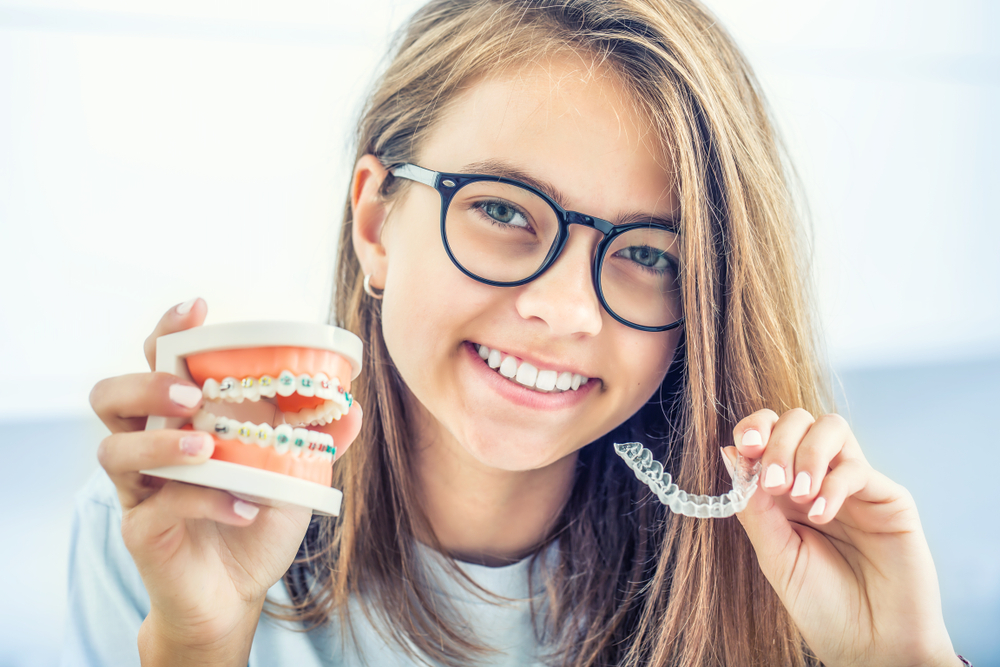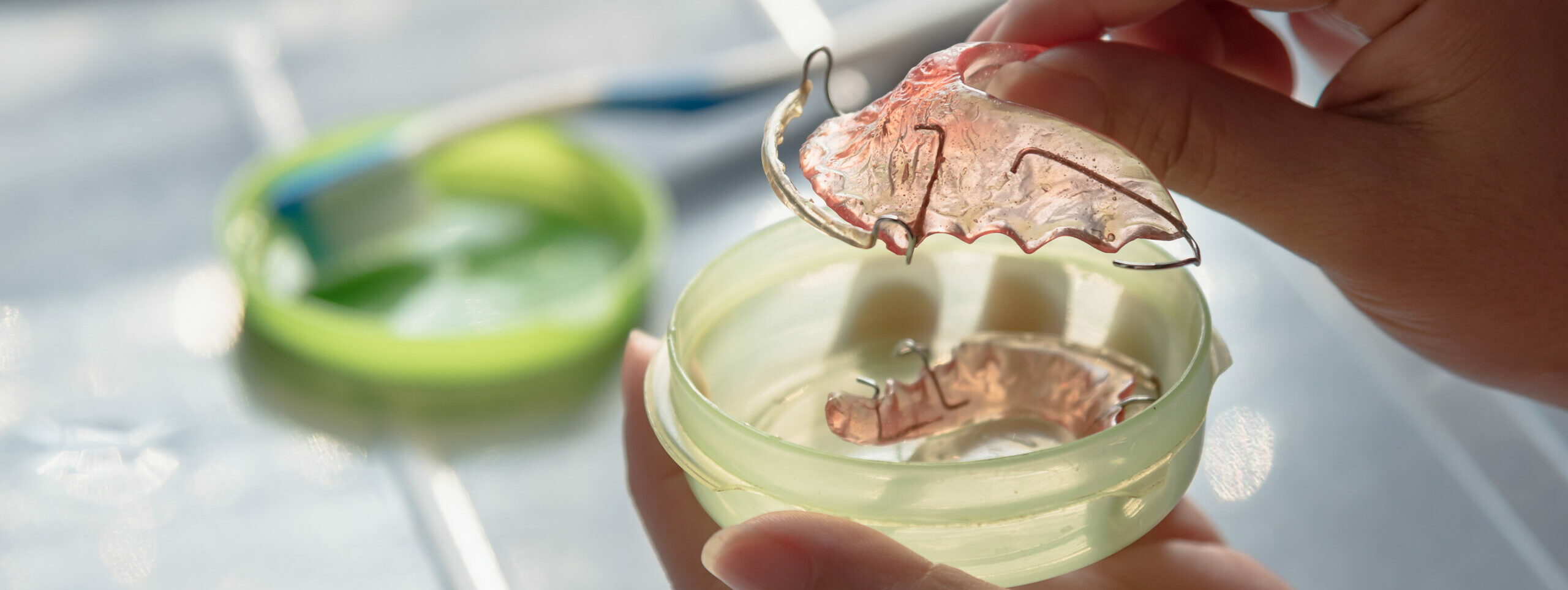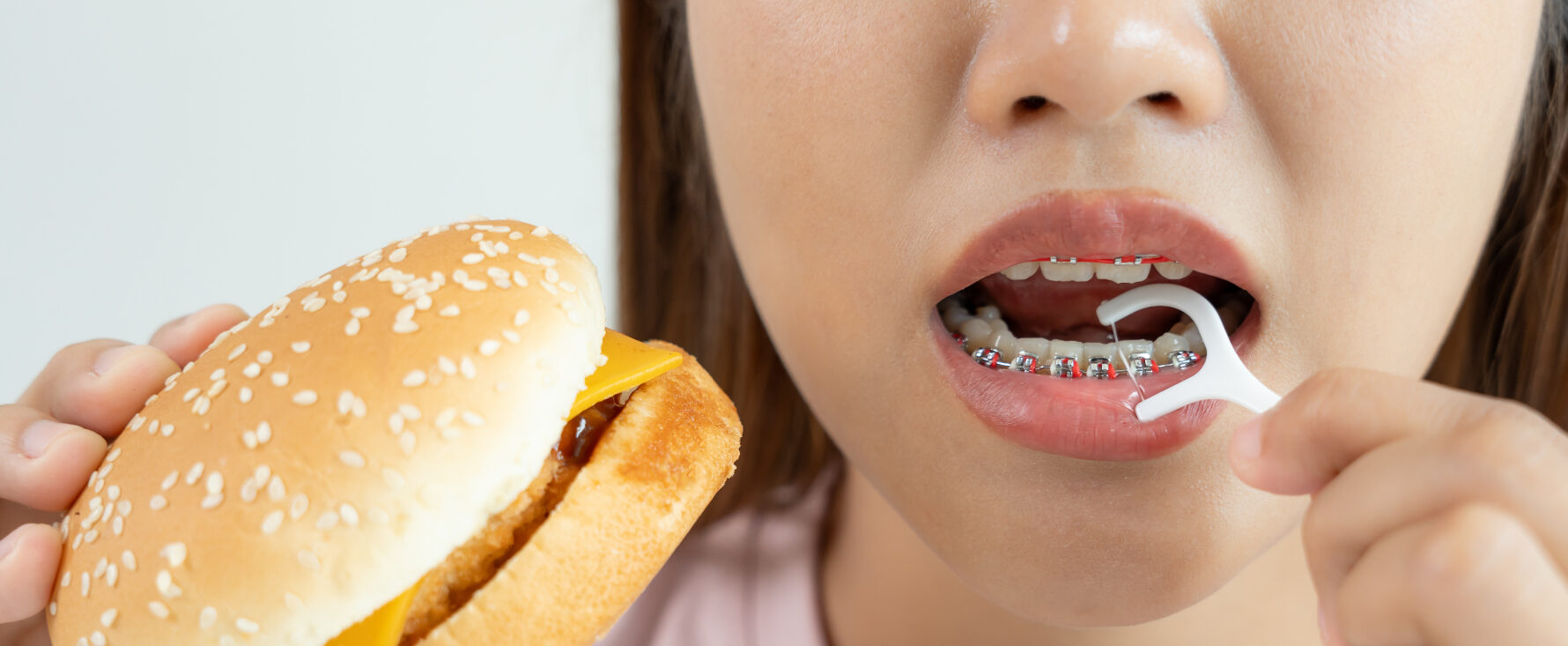
Wisdom teeth removal does not permanently change face shape. While temporary swelling is common during the healing process, facial bone structure and external appearance remain unchanged once recovery is complete. Proper post-surgery care helps ensure any puffiness resolves within one to two weeks.
You’re sitting in the dentist’s chair, getting the news: it’s time for your wisdom teeth to go.
If your mind immediately jumps to “Will this change how my face looks?” — you’re not alone. It’s one of the most common (and understandable) concerns patients have.
Good news?
For the vast majority of people, wisdom teeth extraction doesn’t permanently change face shape. While you might notice some swelling, puffiness, or slight tenderness during healing, your natural bone structure — the part that defines your jawline and cheeks — stays put.
Still, it’s smart to know what to expect. Because when your face feels different (even temporarily), it’s hard not to wonder.

Starting Invisalign? You might be asking yourself, “Is this going to hurt?” It’s a fair question—and one almost every patient has before beginning treatment.
The short answer: yes, some discomfort is normal—but it’s manageable, temporary, and often a sign that things are working exactly as they should.

Let’s be honest—no one’s thrilled to hear they need orthodontic treatment. Somewhere between imagining a mouth full of metal and hearing horror stories from that one cousin who had headgear in the ’90s, your nerves kick in.
Sound familiar?
If you’re feeling anxious, you’re not alone. We’ve met countless patients who came in feeling unsure, even scared—only to leave wondering why they didn’t start sooner. The truth? Most of the fear around getting orthodontic care is based on outdated myths, not reality.
So let’s break it down, without the fluff.

Braces can be a costly investment, but they may also qualify for a tax deduction if they are medically necessary. To claim this deduction, your total medical expenses must exceed 7.5% of your adjusted gross income (AGI). This includes treatments for yourself, your spouse, or your dependents.
The IRS recognizes orthodontic care as a legitimate medical expense, meaning you can potentially deduct the cost of braces if they correct bite issues, prevent future dental problems, or address current health concerns. However, purely cosmetic treatments, like whitening, do not qualify.

Congratulations—your braces are off! That’s a huge milestone, but now comes the important part: keeping that beautifully aligned smile in place.
Teeth have a natural tendency to shift, even after years of orthodontic treatment. Without a retainer, all that effort could slowly unravel, causing teeth to move back to their original positions. Think of retainers as insurance for your smile—a simple but essential step in maintaining your orthodontic results.
Not sure if you’re choosing the right retainer? Curious about costs? We’ve got you covered. Learn how much retainers cost and what to expect when making this long-term investment in your smile.

Getting braces is a big step toward a perfect smile, but it comes with temporary food restrictions. Imagine this: You’re about to bite into a crunchy apple, but—snap!—a bracket comes loose, leading to an emergency orthodontist visit.
The truth is, some foods can break brackets, bend wires, or get stuck in your braces, delaying treatment. But don’t worry! You can still enjoy delicious meals with a few smart modifications.
At Hulse Orthodontics, we help patients navigate the journey to a stunning, healthy smile. A few simple dietary adjustments can make all the difference in keeping your braces intact and your treatment on track!
???? Worried about discomfort? Read our guide on how to manage pain with braces.
Dry mouth is a common issue for people with braces. It can be uncomfortable and may increase the risk of dental problems. Braces can affect saliva flow, making it harder for saliva to coat all surfaces of the teeth and gums.
The good news? There are simple and effective ways to manage dry mouth while wearing braces. From staying hydrated to using specialized oral care products, you can keep your mouth comfortable and healthy throughout your orthodontic journey.

Pregnancy is an exciting time filled with change, but what about those braces you’ve been considering? Is it safe to start orthodontic treatment now? The good news: absolutely! With the right care and guidance, improving your smile during pregnancy is not only possible but also beneficial for your dental health.
At Hulse Orthodontics, we’re here to make your smile journey smooth, safe, and stress-free during this special time.

Braces are a fantastic way to achieve a straight, beautiful smile, but some patients may notice white spots on their teeth after the braces are removed. These spots, known as decalcification, can be an unexpected setback for those striving for perfection.
“White spots are more than just an aesthetic concern; they reveal underlying issues such as enamel demineralization and poor oral hygiene.”
In this guide, we’ll cover why white spots occur, how braces contribute to their development, and the best ways to prevent and treat them. With this knowledge, you can protect your smile throughout your orthodontic journey.

